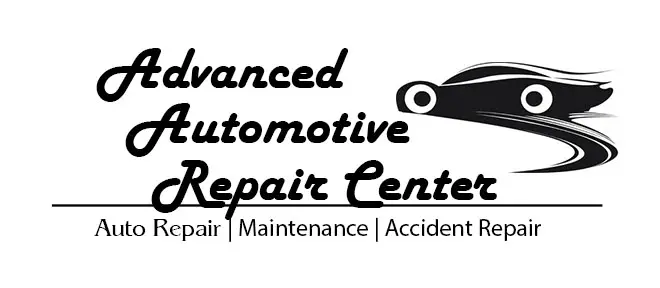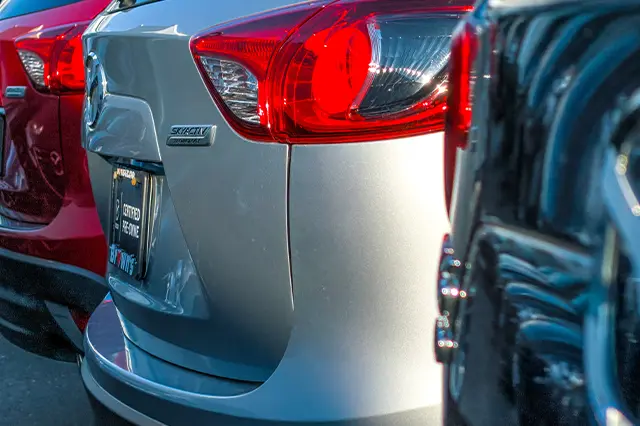
3 Simple Tips For Safe Collision Repair (And How To Avoid Common Mistakes)
When your car is in an accident, it’s important to take care of it as quickly and efficiently as possible. Collision repair is a critical part of that process, and it can be easy to make common mistakes that could lead to injury. In this blog post, we’ll share three simple tips for safe collision repair that will help you avoid common mistakes. We’ll also include a few tips for avoiding accidents altogether so you can keep your car repaired and on the road without any problems.
The 3 Types of Collision Repair
There are three types of collision repair: estimate, analysis and repair.
Estimate: The estimate stage is when the insurance company or customer first contacts the shop to discuss what repairs may be needed. In this stage, the technician will gather information about the damage and make a preliminary estimate of what it would cost to fix it. This estimate is usually based on parts and labor costs, but can also take into account special equipment or materials that may need to be purchased.
Analysis: After the estimate has been made, the technician will go into more detail about what needs to be repaired and how much it will cost. This stage can help prevent disputes between parties involved in a car accident, as everyone knows exactly what needs to be done and doesn’t have to rely on estimates alone.
Repair: Once all of the necessary repairs have been estimated, analyzed and agreed upon by all parties involved in a collision, the repair stage begins. In this stage, technicians will work on fixing the actual damage caused by the collision. Depending on the severity of the damage, this may involve just a few simple fixes or it could require extensive reconstruction work. At the end of the repair process, everyone should know exactly what needs to be done and how much it will cost.
Each collision repair stage is important in order to ensure a smooth and seamless car repair process. By understanding the different stages, you’ll be able to have a better understanding of what to expect when your car is in for repair.
Tips for Safe Collision Repair
If you’re involved in a car collision, your first instinct may be to try to fix the damage as quickly as possible. But there are some simple tips for safe collision repair that can help you avoid common mistakes.
1. Take photos or footage of the scene before and after the collision. This will help you document any repairs that need to be made, and it will also help you if you need to file a claim later on.
2. Don’t move any wreckage until investigators have arrived and cleared the scene. Doing so could contaminate evidence or accidentally create new hazards.
3. Use jack stands or other sturdy supports to lift cars off the ground while repairs are being made. This will keep them from shifting and making more damage.
4. Use caution when working near power lines or other electric equipment. If an accident causes these devices to malfunction, they could give electric shock, causing serious injury or death.
5. Wear protective gear whenever possible: welding masks, gloves, eye protection, and sturdy shoes are all good ideas. If you have to work on the vehicle itself, wear a suit and heavy duty gloves to protect your skin from fluid spills and mechanical debris.
6. Don’t touch the victim or the vehicle until authorities have arrived and cleared the scene. This will help to preserve any evidence that can be used in a legal case.
7. Keep all communication with the victim confidential: don’t tell them what you’re doing or why, and don’t offer to help unless they specifically ask you to do so.
8. File a claim as soon as possible after the collision. This will help you get any financial compensation you may be due.
9. Contact an attorney if you have any questions or problems with the claim process. An attorney can help you understand your rights and options, and they can also represent you in a court of law if necessary.
10. Remember, it’s important to take care when you’re involved in a car collision. These tips will help you to avoid making any mistakes and to get the repairs that you need done safely and correctly.
How To Avoid Common Mistakes When Doing Collision Repair
Do you know which mistakes to avoid when doing collision repair? Here are some simple tips for safe collision repair:
1. Always wear a safety helmet and eye protection when working on a car.
2. Use the correct tools for the job. Don’t use metal tools on plastic parts, and don’t use power tools in cold weather conditions.
3. Follow the manufacturer’s instructions for repairing a car. Don’t try to do repairs that aren’t specified by the manufacturer.
4. Use common sense when working on a car. If something looks amiss, stop and contact your local mechanic or police department for help.
5. Be careful when working on a car in a parking lot. Stay away from cars that are parked too close to each other.
6. Don’t work on a car if you’re impaired by alcohol or drugs. If you feel like you’re becoming too intoxicated to safely do your job, stop and contact a professional.
Following these simple tips will help you avoid common mistakes when doing collision repair.
